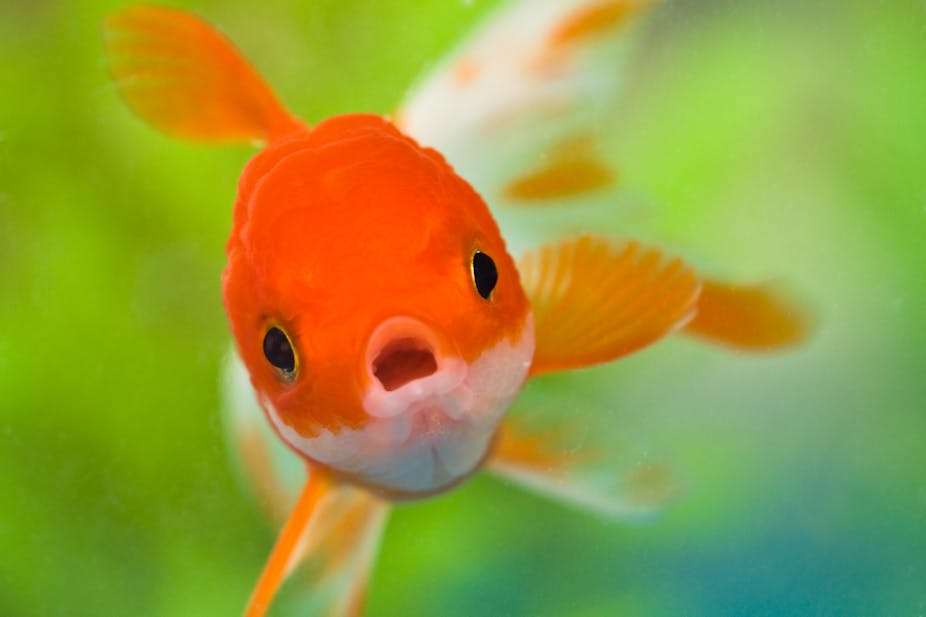The often remade song “He Ain’t Heavy… He’s My Brother” probably owes a good deal of its enduring popularity to its depiction of the loving familial bond between two siblings - one aiding the other despite great difficulty. While such self-sacrificing behaviour can and does occur, in humans and in other animals, familial bonds don’t guarantee anything, as the raw tale of sea creatures killing their siblings tell.
Such behaviour, like all traits, is shaped by genes. And genes that are good at making sure lots of copies of themselves come to dominate in a population through the reproduction of the organisms in which they are housed. One way this can happen is if a gene acts to increase the reproductive output of an organism. But another route is to help the reproduction or survival of relatives of the organism, since they are likely to carry copies of that gene. The closer the relative, the higher the chance of shared genes and the more helpful one should be.
This cornerstone of social evolution theory is named Hamilton’s Equation, after William Donald Hamilton. Which was simply explained by the evolutionary biologist J.B.S. Haldane in a famous quip: “Would I lay down my life to save my brother? No, but I would to save two brothers or eight cousins.”
(Or mathematically speaking: Consider the relatedness between two players is “r”, so if the player is a sibling then relatedness is high. The Hamilton equation states that a behaviour costing “C” to its bearer, but of benefit “B” to a recipient will evolve when rB > C.)
But implicit in this line of reasoning is that kin can, and do, interact. Because of this, most of the empirical tests of social evolution theory come from social insects, like ants and bees, or vertebrate cooperative breeders, like naked mole rats and some bird species. In these animals, individuals are closely related, and helping behaviour is virtually guaranteed to be directed toward kin.
When it comes to ocean creatures, however, we know little. There, it is thought, most organisms have a sedentary adult phase preceded by a dispersive larval stage, where offspring swim in plankton for weeks or months on end, largely at the whim of wave actions and prevailing currents. In these animals, Hamilton’s idea holds little sway, as the chances of close relatives settling together is seemingly improbable (the exception being minimally dispersive colonial organisms, such as sponges and corals).
But it turns out that these organisms aren’t nearly as well mixed by ocean currents as one might at first suspect. Many recent studies indicate that even in species with wide-spread larval dispersal, from fish to barnacles to lobsters, siblings are likely to settle together. The reasons that make this possible - larval behaviour, habitat preferences and ocean circulation patterns - lead to the formation of dense “colonies”.
When ocean dwellers live close together, there is a chance they will evolve kinship behaviour. But the harsh environment of the ocean brings out a different side of this relationship.

In organisms that brood, close relatives are often forced to interact because there isn’t much space to spread out. Such siblings not only compete for nutrients given by their parents, but also for key resources like oxygen. This form of brooding behaviour - in the form of egg masses, capsules and other forms of encapsulation - is common in marine organisms. It suggests that competition among siblings is common, too. More importantly, this competition can be surprisingly intense, quite often involving the killing of siblings. For example, in the marine snail Solenosteira macrospira sibling cannibalism results in the death of about 98% of the developing hatchlings.
The story emerging from work on kin interactions in marine systems provides some indication that, while family ties can be important, ecological setting can also play a role in shaping interactions among relatives. And while sometimes “He Ain’t Heavy … He’s My Brother” might accurately sum up the result of these interactions, an equally likely outcome is “He Ain’t Heavy … He’s Lunch”.


